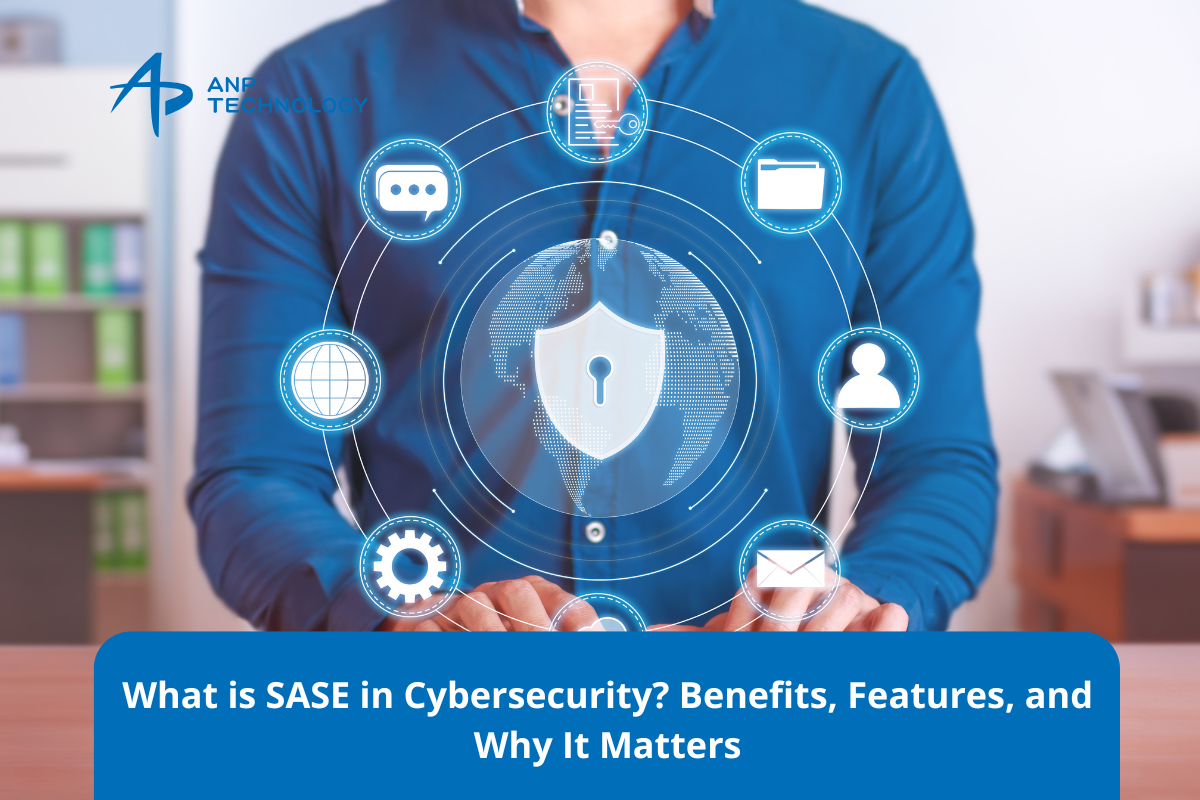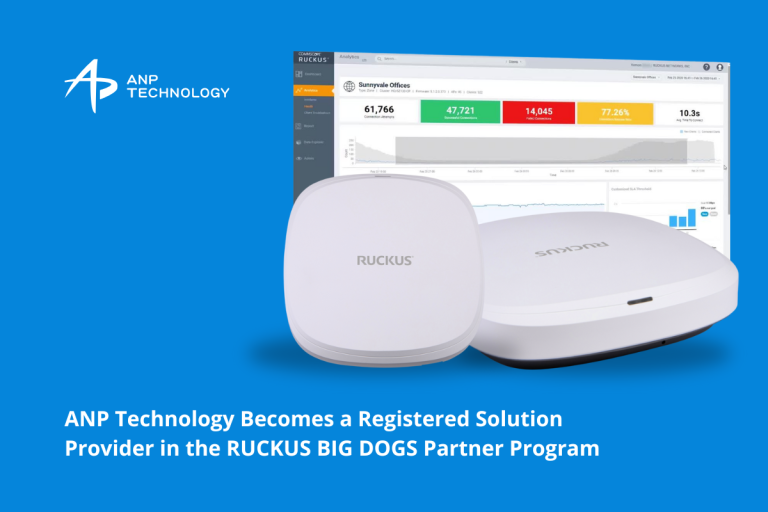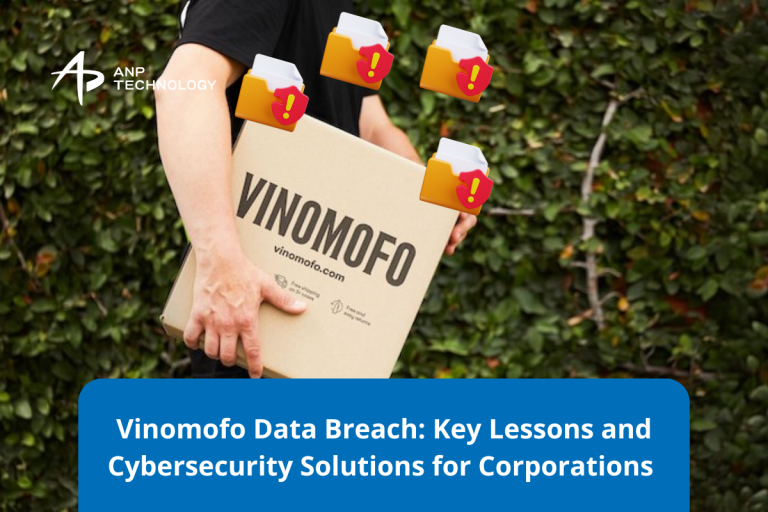
The way businesses connect and protect their networks is changing. With cloud adoption, remote work, and mobile-first operations, traditional perimeter-based security models no longer fit the bill. Routing all traffic through centralized data centers creates latency, bottlenecks, and inconsistent protection.
What is SASE in Cybersecurity?
SASE (Secure Access Service Edge) — a modern cybersecurity framework that unifies networking and security in the cloud. SASE, first introduced by Gartner in 2019, is a cloud-native architecture that delivers secure access from anywhere. Instead of relying on hardware-heavy security appliances, SASE provides networking and security functions as a cloud service.
This means employees, whether working remotely or in the office, get secure and optimized access to applications without slowing down performance.
Core Features of SASE
A true SASE solution combines several security and networking tools into a single platform:
- SD-WAN (Software-Defined Wide Area Network): Routes traffic efficiently across multiple connections.
- Secure Web Gateway (SWG): Protects users from unsafe websites and enforces browsing policies.
- Cloud Access Security Broker (CASB): Ensures visibility and control over SaaS usage.
- Zero Trust Network Access (ZTNA): Enforces identity-based, least-privilege access.
- Firewall as a Service (FWaaS): Delivers firewall protection without on-premise hardware.
Read more: How a CDN Can Drive Revenue Growth for Your Business
Benefits of SASE for Businesses
Adopting SASE provides several competitive advantages:
- Stronger Security – Unified, identity-driven policies across users and devices.
- Lower Latency – Traffic is secured and optimized at the edge, closer to the user.
- Simplified IT Management – Multiple tools consolidated into one cloud platform.
- Scalability – Easily supports growing cloud applications and global teams.
- Remote Work Ready – Ideal for hybrid and distributed workforces.
SASE vs. VPN: Why SASE is the Better Choice
Many organizations still rely on VPNs (Virtual Private Networks) for remote access. While VPNs create encrypted tunnels, they often introduce performance issues and broaden the attack surface.
- VPNs: Centralized gateways, slower performance, broad access.
- SASE: Cloud-based, zero trust access, improved speed, and tighter security.
For today’s cloud-first world, SASE outperforms VPNs by delivering both security and optimized connectivity.
Conclusion
Why Your Business Should Consider SASE ? As cyber threats grow more sophisticated and workforces become more distributed, adopting SASE architecture is no longer optional—it’s essential. Businesses that transition to SASE gain better security, simpler management, and future-ready networking capabilities.
Need help? Contact ANP Technology for details.



